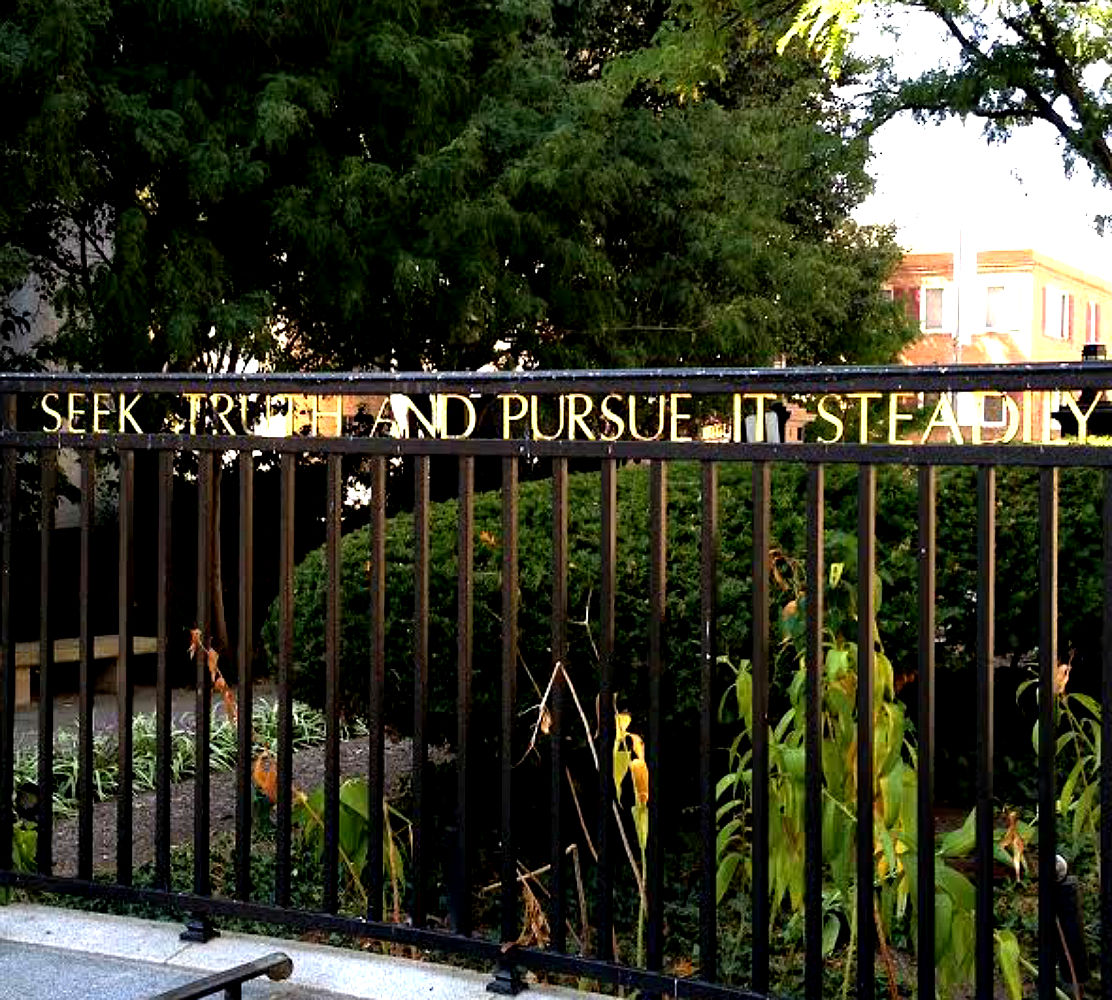“Clowns to the left of me, jokers to the right. Here I am, stuck in the middle with you!” – Stuck in the Middle with You, Steeler’s Wheel
Today is Doctor’s Day, established to take a moment to recognize and honor the work and contributions of doctors.
The first thing I read today was a message from current Massachusetts Medical Society President, Dr. Richard Pieters, who in speaking about Doctor’s Day reminds us all that the focus of the day is not just physicians, but the physician-patient relationship. The physicians of the Massachusetts Medical Society have declared that this Doctor’s Day we recognize “the basic principles that the doctor-patient relationship is confidential and sacrosanct.”
In his piece, which discusses this in the context of gag laws preventing physicians from asking about gun ownership and gun safety in the home, he emphasizes the efforts of physicians to focus on the patients and have unencumbered and protected conversations. It is impotent to protect both directions of these conversations—patient to physician as well as physician to patient. He further stresses the importance, and danger, of government laws, rules, and regulations that would insert themselves between physician and patient, silencing physicians or compelling them to include specific proscribed content.
I could not agree more. I would in fact go even further. I don’t think any one person or entity, any thing belongs between the physician and patient except the relationship, the conversation. Not even our technology, and especially not insurance companies, administrators, employers, big business and pharma, or myriad others who all to varying degree and with varying success insert themselves in to this space.
Yes, even our technology, our electronic records (EMRs), are violating this space between the patient and doctor. As they exist now, they are not functioning as a tool that facilitates or enhances the patient or physician experience, helping build and reinforce the relationship. They currently are an encumbrance, a distraction, much like a cranky two-year-old on the verge of a tantrum, running around the hospital or the clinic or physician office demanding attention (“Look at ME!”), taking the focus and attention away from the patient.
Another piece this morning brought the nature of the intrusion of the EMR in to focus. Dr. Philip Green in his post on KevinMD makes the case for optimism in asking Health IT to become a partner in caring for the patient, rather than the distraction (or “second patient”) in the room. It follows up his post “Please Choose One”, a story that describes an encounter with a patient and the EMR, painting a bleak but common experience and how intrusive and even obstructive the technology is. It shows how the attention is deviated from the patient to the computer routines, how the relationship is subverted to focus on the technology instead, and the ultimate choice to turn back to the patient.
Much has been written about the breakdown in patient communication, and the ultimate effect on an already strained physician-patient relationship, including my own writing on this topic. There is much more yet to write. Healthcare IT and EMRs are just a physical manifestation of the many forces wedging between the the doctor and patient.
So, on Doctor’s Day, when physicians are recognized by a free breakfast or lunch in the hospital, or a pen or other trinket as a token of recognition, let me request a moment of time and attention instead …
I join with my colleagues in Massachusetts and the Massachusetts Medical Society today, this Doctor’s Day, to shine the light on the physician-patient relationship, and ultimately the patient. Support doctors dedicated to this, for this is the heart of our calling. We need support, not hindrance and obstruction, in caring for our patients. This must include unencumbered and private conversation and communication with our patients. Communication is the foundation of the physician-patient relationship, the trust at the center of that bond. We ask for support in keeping that space of trust and communication protected from outside forces that would break it down.

